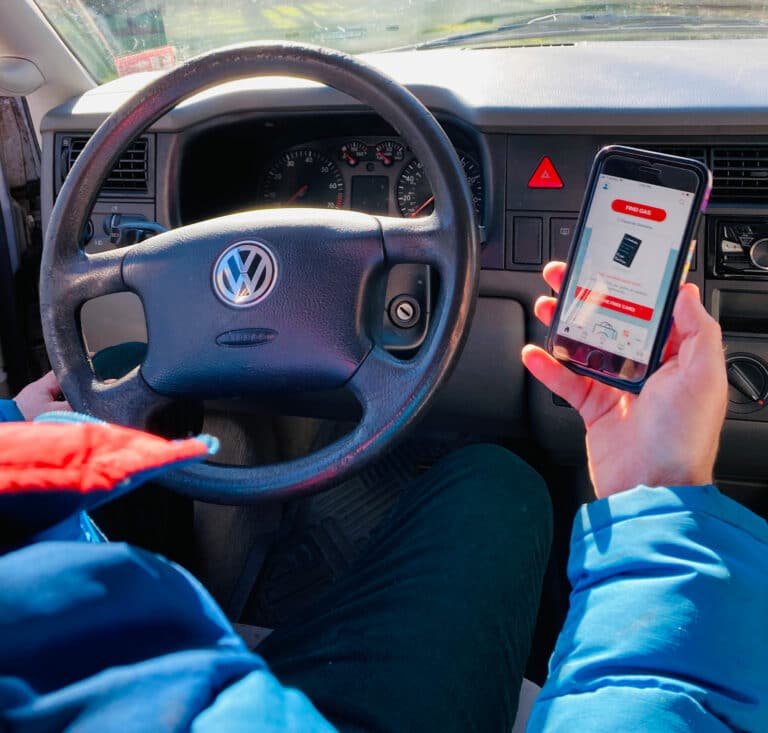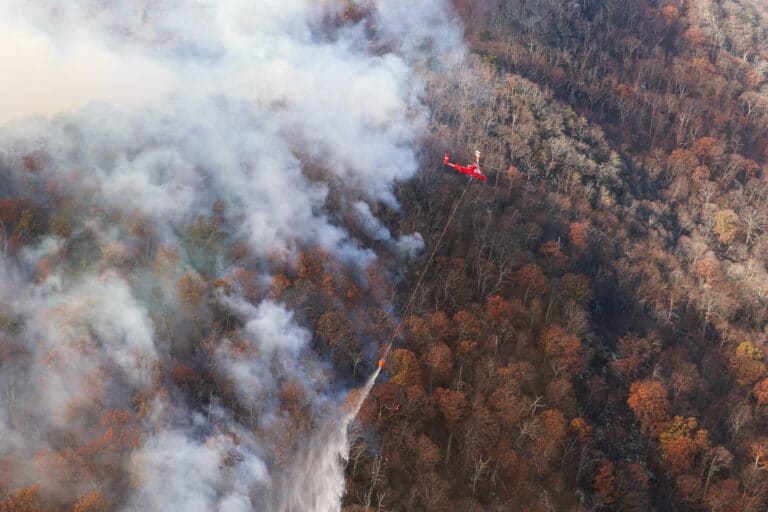Hybrid versus standard. Incandescent versus compact florescent. Disposable versus cloth diapers…green choices can be daunting these days.
Probably your single most important eco-decision of all is transportation. Driving ranks right up there with electricity as one of the top two causes of pollution that the average American contributes to the environment. But are buses or railways any better than automobiles?
The true environmental impact of anything can only be understood through what is known as a “lifecycle assessment.” When applied to transportation, a lifecycle assessment takes into consideration factors like the pollution caused by manufacturing, maintenance, and disposal of a vehicle, along with the pollution from refining, manufacturing, and consuming fuel. It also considers the impact of the infrastructure a particular form of transportation requires, like road, track, or runway construction and maintenance and refueling stations.
Luckily, there are professionals like Mikhail Chester who compute these things on a daily basis. Chester, a doctoral student at the University of California-Berkley, has spent the past three years assessing the lifecycle impacts of various forms of passenger transportation. When analyzing the impact of roadways, he takes into consideration everything from the diesel equipment used to grade the roadbed, to the toxins released during the paving process, and the chemicals used to keep the road clear during the winter.
Chester says that our current focus on fuel economy and tailpipe emissions is a good start, because 70 percent of an automobile’s environmental impact comes from its operation (60 percent for buses and 50 percent for rail). Overall, Chester’s findings rank light rail systems best, followed by buses, and lastly, automobiles.
Chester also notes that you can differentiate the environmental impact of various forms of transportation by the type of pollution they cause. For example, operating cars creates large amounts of carbon dioxide that degrade air quality, while operating a light rail infrastructure uses copious amounts of electricity, which causes sulfur dioxide, a component of acid rain.
Chester notes that his results are preliminary and must undergo a peer review for validation. But his results are some of the first from a lifecycle assessment that takes a broad look at passenger transportation.
“We’re quick to say ‘mass transit is the best,’” Chester says, “But a lot of times mass transit is put in place without studying how it will be utilized. Buses or trains that are not being ridden are causing more pollution than a passenger car. However, the more people that use mass transit, the more you divide that impact, and the more energy efficient it becomes.”
But a light rail system isn’t going to drop us off at our favorite camping spot anytime soon. Chester feels our greatest hope for the near future is to improve the automobile infrastructure. If you live in a rural or suburban area, you can’t take the bus, but you can car-pool to work in a fuel-efficient vehicle.
“We can make automobiles less massive, sacrifice acceleration for fuel economy, and there’s no reason that every vehicle can’t be a hybrid,” he notes. “We have the technology to make automobiles better, but we’re just not willing to pay for it.”
When it comes to automobiles, Detroit has only given us what we asked for. In the United States, bigger is better: bigger cars, bigger wheels, heavier vehicles, larger engines, more horsepower. Tiny wheels and hatchbacks scream “broke college student.” Doctors and lawyers drive Cadillacs not CRXs.
Outdoor enthusiasts are not exempt from such car fetishes. Trailheads are typically crammed with rugged all-wheel-drive SUVs, prepared to tackle anything that Mother Nature can throw our way.
As a result, the average fuel efficiency for today’s auto fleet is actually less than Henry Ford’s Model T, which got 28.5 miles-to-the-gallon nearly a century ago.
What about electric cars? They’re hardly zero emissions. Just because smoke isn’t belching out of the tail pipe of an electric car doesn’t mean that smoke isn’t spewing from the stacks of the coal-fired power plant that produces its electricity. A 2001 study in Japan showed that an electric vehicle whose power comes from a coal-fired plant will cause nearly as much carbon dioxide pollution as a standard gasoline-powered car.
A lifecycle assessment also offers a harsh reality when it comes to bio-fuels like ethanol. The production and transportation of corn ethanol requires 29% more energy than it actually provides.
We want a transportation “magic bullet,” but ultimately, reducing our environmental impact requires a lifestyle change. If you live in the city, use public transit. If not, buy a smaller vehicle. Combine trips. Car pool. Drive less.
And it’s time to start investing in solar, wind, and renewable energy sources. An electric car or bus that gets its juice from a wind farm or solar power site instead of a coal-fired power plant reduces its lifecycle emissions by over 75%. The answers to our energy and transportation future may indeed be blowin’ in the wind. •







